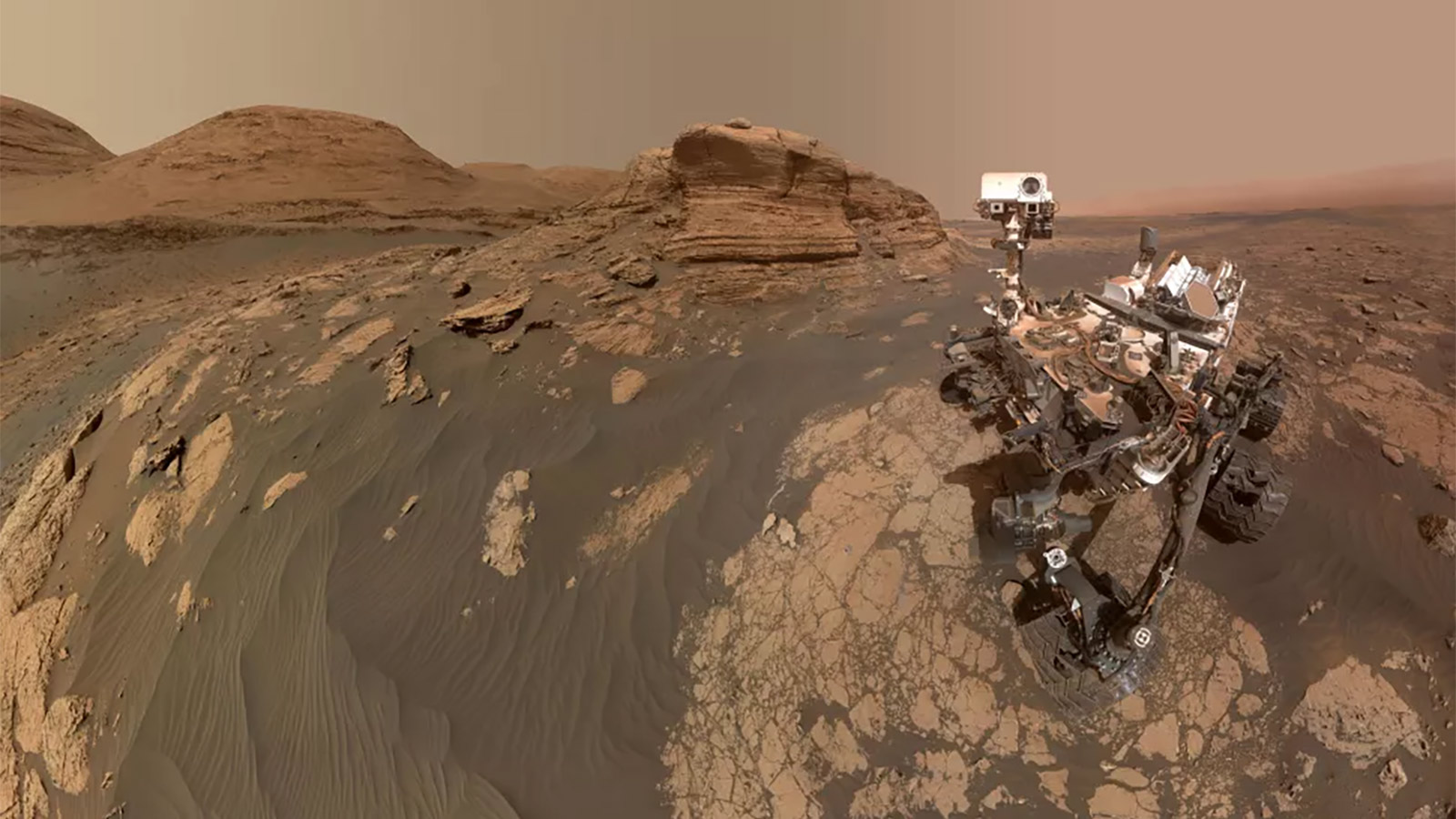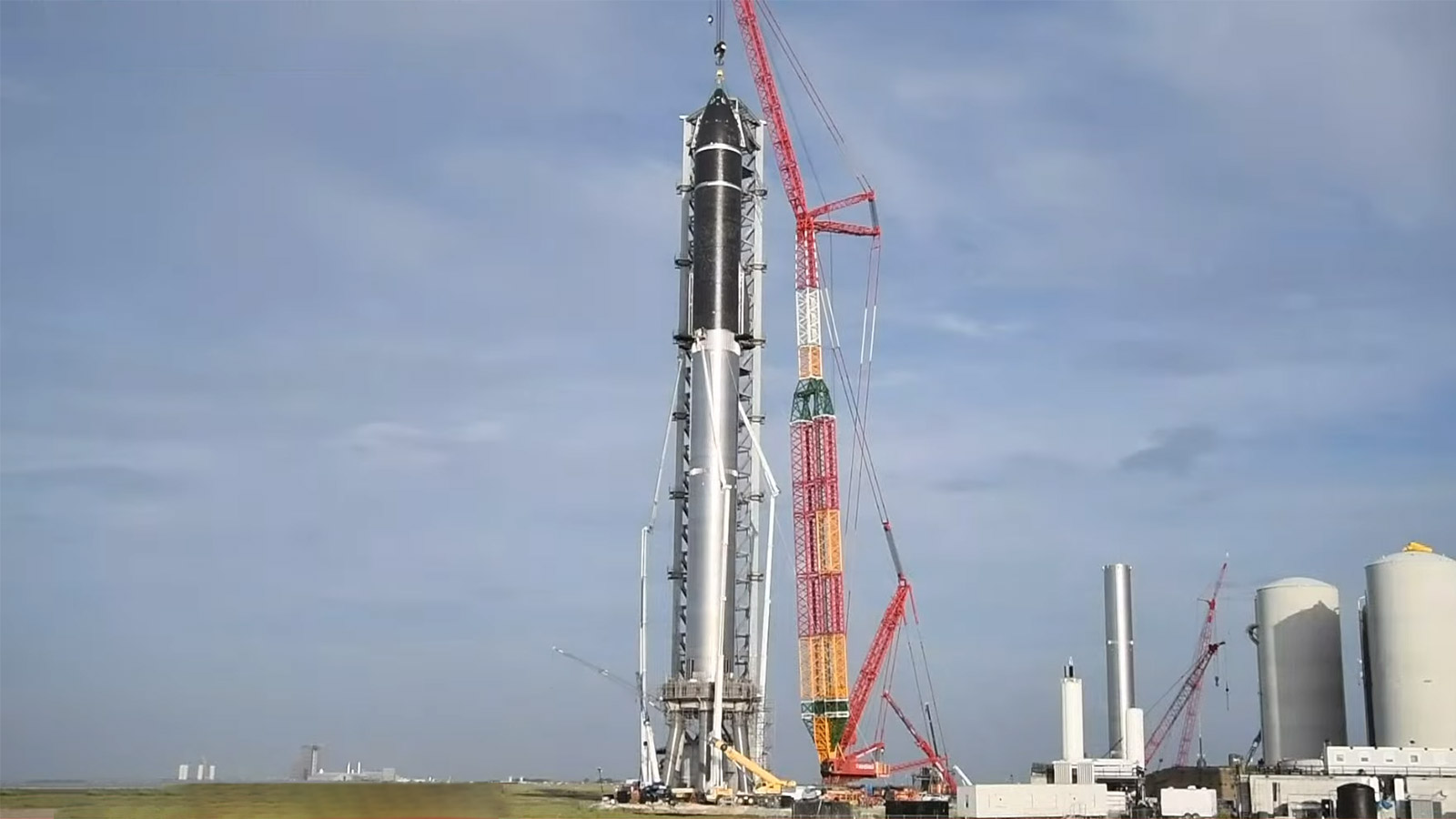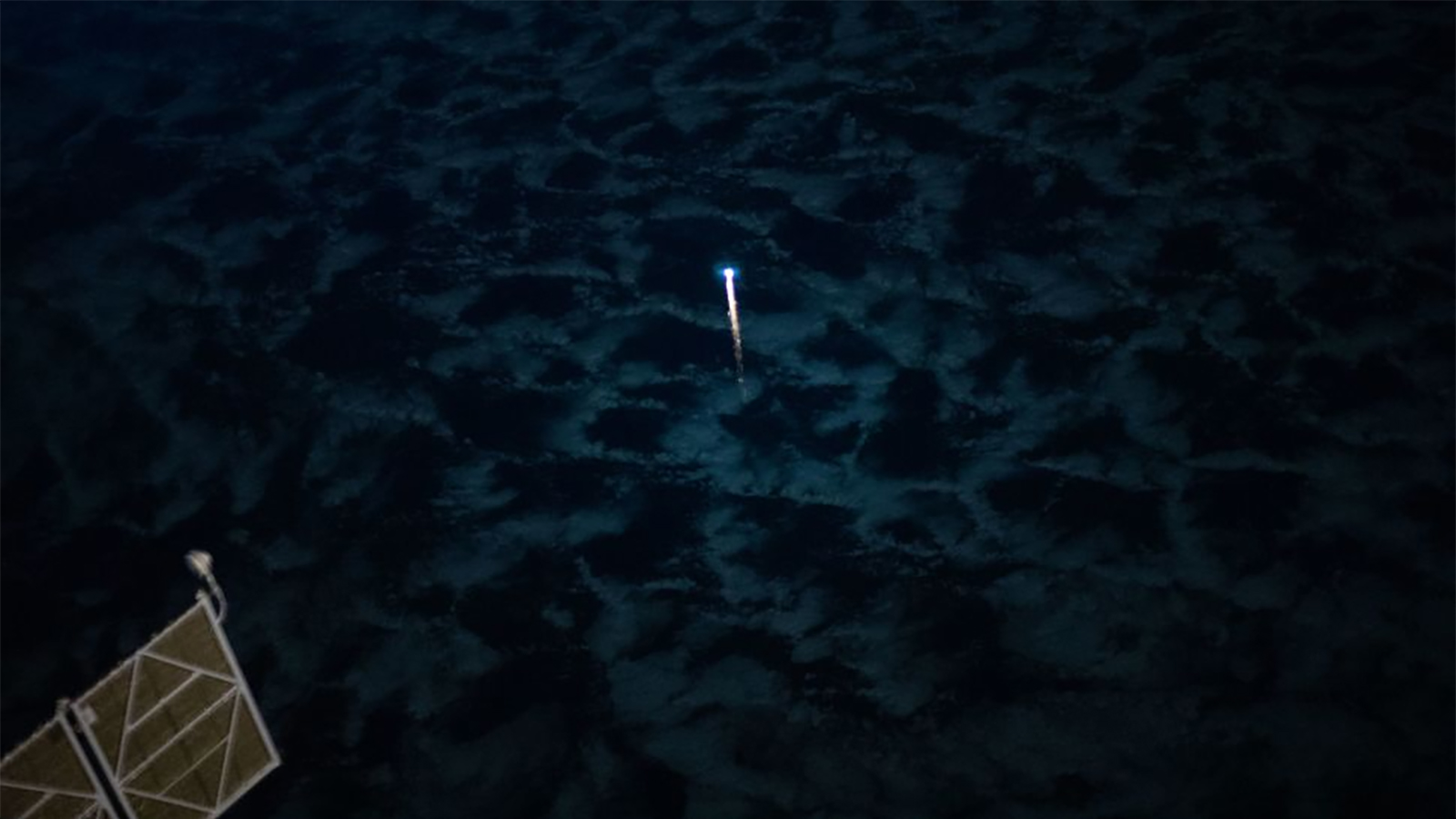Curiosity, SpaceX, and Time Crystals: this week in science news

This week was a pretty eventful one in science news, full of record-breaking rockets, a major anniversary for a remarkably vain robot on Mars (we kid, we kid. We love you Curiosity!), and Google claiming that it used its quantum computer to flagrantly violate one of the basic principles of physics.
Boeing unfortunately suffered another frustrating setback with its Starliner capsule, further delaying its second attempt at reaching the International Space Station. Speaking of which, ISS astronauts bid farewell to the Russian-made Pirs module as it safely burned up in the Earth's atmosphere and were kind enough to record this human "shooting star" for us critters down below.
Read on to learn more about all the exiting news you might have missed this week in the world of science.
I'm celebrating my 9th landiversary on Mars. In 2012, I hit the ground running. I've traveled a total of 16.3 mi (26.3 km), climbed 1,509 ft (460 m) in elevation & collected 32 drilled samples. Time flies when you’re doing science. Thanks for riding along! https://t.co/PXHNFvZ9wv pic.twitter.com/42naEmeSsvAugust 5, 2021
NASA's Curiosity rover turns nine-years-old on Mars
NASA's highly photogenic Curiosity rover celebrated its ninth year on the red planet this week, sending out a trademark selfie in celebration.
The intrepid rover touched down in Gale Crater on the Martian surface in the late evening hours of August 5, 2012 (NASA's Jet Propulsion Laboratory is in California, so the landing occurred on August 6, 2012 EDT). Since then, it has travelled more than a dozen miles across the Martian surface, even ascending nearly half a kilometer up the slope of Mount Sharp in the crater's center, making science with every turn of its many wheels. Here's to another year of science and many more to come!

SpaceX breaks Apollo program's record for largest rocket ever assembled
As SpaceX prepares to return astronauts to the Moon in 2024, it is assembling some of the most advanced spacefaring vessels ever, including the largest rocket ever assembled. This week, SpaceX tested the stacking and mating of its Starship spacecraft with the Super Heavy rocket booster that will help carry it into its first orbital flight later this year. The two combined for a total height of 395 feet, beating out the previous record-holder, the Apollo program's Saturn V rocket, which stands at 363 feet.

Boeing's Starliner suffers another frustrating setback
SpaceX rival Boeing, meanwhile, suffered another frustrating setback this week in its efforts to get it's Starliner capsule off the ground and docked with the International Space Station (ISS). After last week's launch had to be postponed when an accidental misfire of a docked Russian capsule rotated the ISS and altered its trajectory – it's fine now...we hope? – Boeing and United Launch Alliance detected an unexpected "valve position indication" during a pre-launch check, and the launch was scrubbed until engineers can track down the problem. This puts Boeing even further behind SpaceX, something that's gotta sting for the venerable spaceflight pioneer.
Sign up for breaking news, reviews, opinion, top tech deals, and more.

Astronauts capture a video of man-made 'shooting star'
Astronauts aboard the International Space Station recorded the fiery end of the Russian-made Pirs module as it (safely) burned up in Earth's atmosphere.
The timelapse video shows the module turning into a "shooting star" of sorts, a fitting send off after its service in pursuit of science and discovery.

Google claims it created physics-violating Time Crystal
Finally, this week saw the science world trying to wrap their brains around a paper published by Google researchers late last week that claims to show its quantum computer, Sycamore, created a scalable "time crystal" using qubits that complete violate the second law of thermodynamics and the principle of time translation symmetry. What this development means is still unclear, since something like this isn't supposed to ever happen, so we'll have to wait for peer review to do its thing and confirm results from Google's scientists. If they do, maybe Sycamore can show us how to divide by zero, while it's at it.

John (He/Him) is the Components Editor here at TechRadar and he is also a programmer, gamer, activist, and Brooklyn College alum currently living in Brooklyn, NY.
Named by the CTA as a CES 2020 Media Trailblazer for his science and technology reporting, John specializes in all areas of computer science, including industry news, hardware reviews, PC gaming, as well as general science writing and the social impact of the tech industry.
You can find him online on Bluesky @johnloeffler.bsky.social